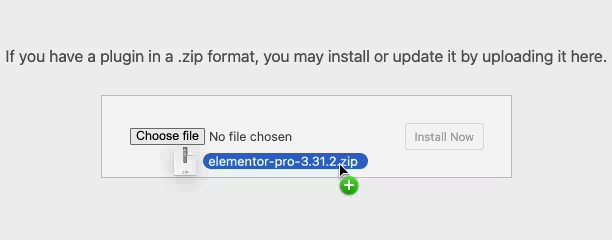User registration | Payments ( PayPal )
Updated on: March 4, 2025
Version 1.5.4

Single Purchase
Buy this product once and own it forever.
Membership
Unlock everything on the site for one low price.
Product Overview
Streamline your website's user registration and payment processes with our User Registration and Payments plugin. This powerful tool integrates seamlessly with PayPal, allowing you to accept payments effortlessly while managing user registrations. The user-friendly interface ensures that new users can sign up quickly, enhancing their experience from the get-go. Plus, with secure transactions and customizable registration forms, you can maintain control while providing a smooth onboarding process. What makes it stand out is its flexibility, making it suitable for various types of websites, from e-commerce to membership platforms.
Key Features
- Easy PayPal integration for secure payment processing.
- Customizable user registration forms to fit your needs.
- Responsive design that works on all devices.
- Automatic email notifications for user registrations and payments.
- User-friendly dashboard for managing registrations and transactions.
- Robust security features to protect user data and transactions.
- Multi-language support for global reach.
- Flexible settings for payment options and user roles.
Installation & Usage Guide
What You'll Need
- After downloading from our website, first unzip the file. Inside, you may find extra items like templates or documentation. Make sure to use the correct plugin/theme file when installing.
Unzip the Plugin File
Find the plugin's .zip file on your computer. Right-click and extract its contents to a new folder.

Upload the Plugin Folder
Navigate to the wp-content/plugins folder on your website's side. Then, drag and drop the unzipped plugin folder from your computer into this directory.

Activate the Plugin
Finally, log in to your WordPress dashboard. Go to the Plugins menu. You should see your new plugin listed. Click Activate to finish the installation.

PureGPL ensures you have all the tools and support you need for seamless installations and updates!
For any installation or technical-related queries, Please contact via Live Chat or Support Ticket.